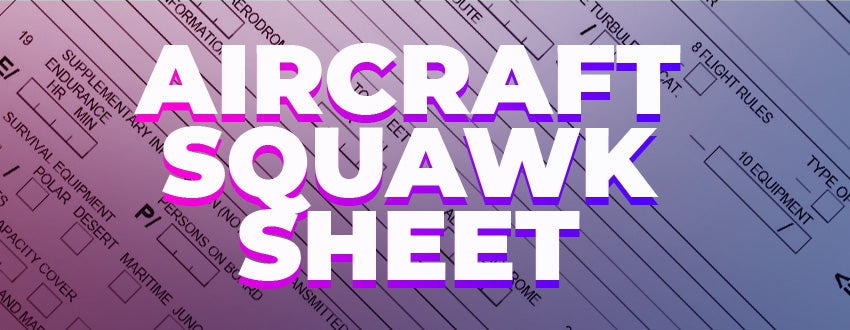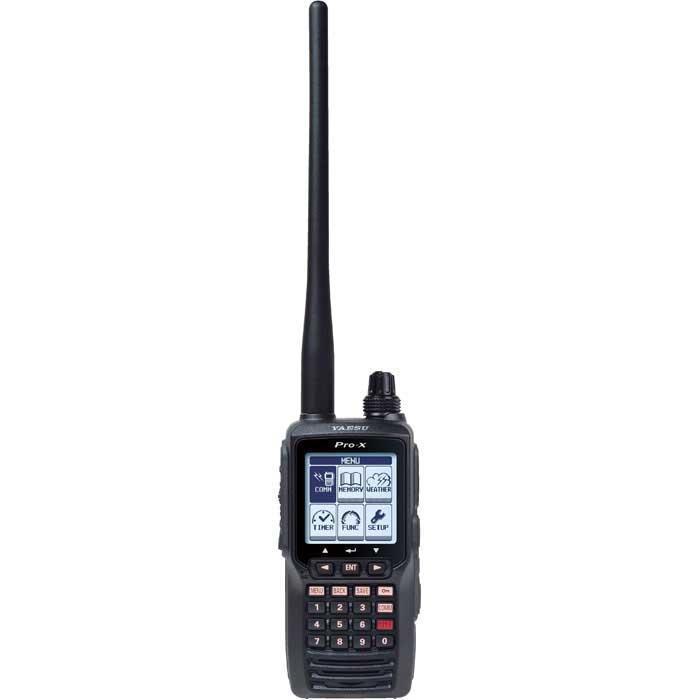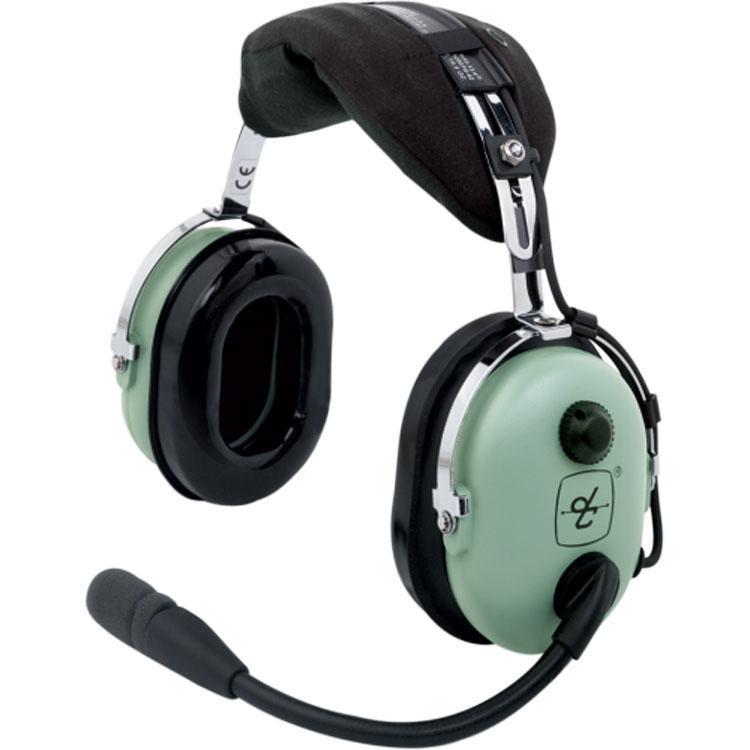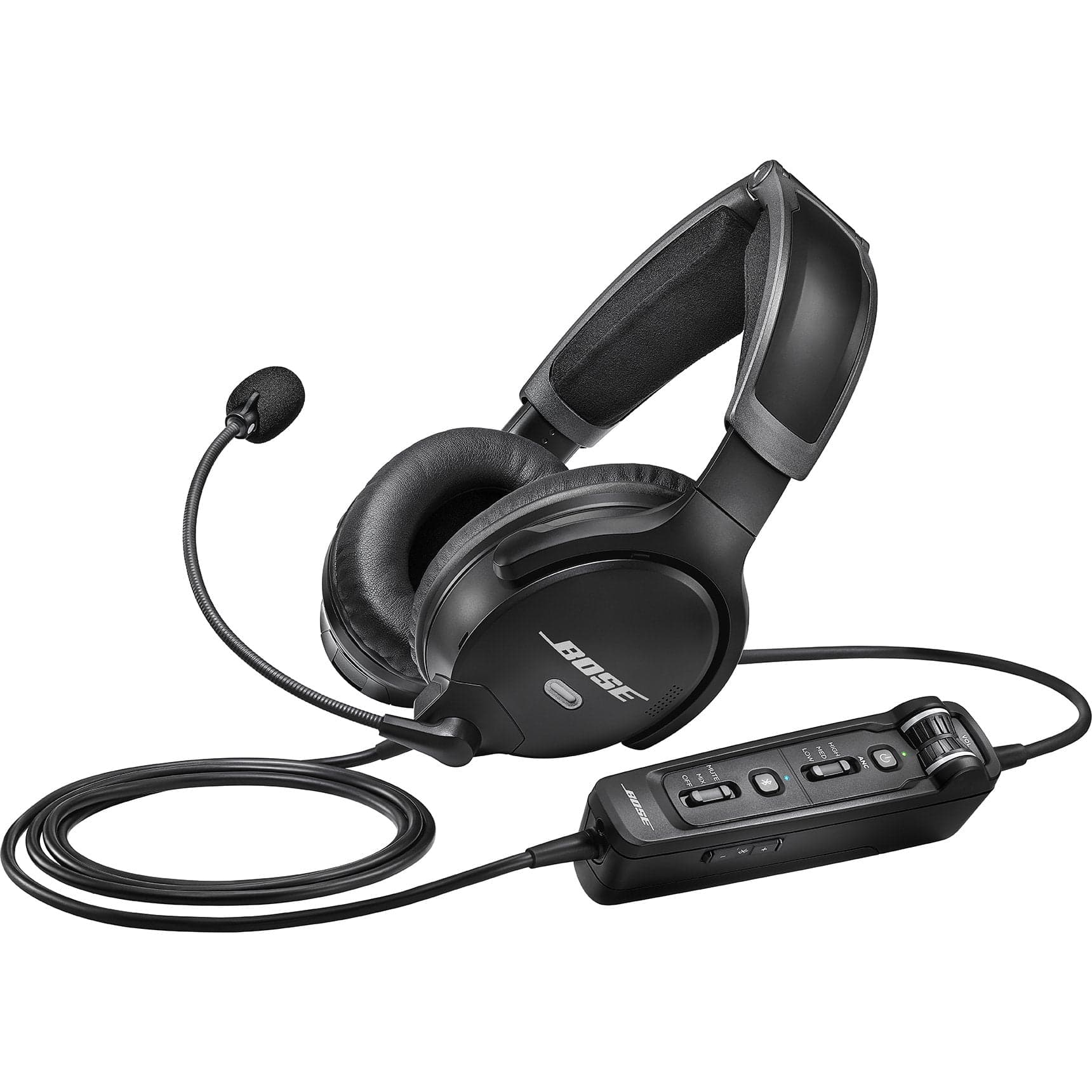The “squawk sheet, “gripe sheet,” or “aircraft discrepancy log” as it is more officially titled is intended as a communication tool to pass vital aircraft performance concern information between pilots and maintenance engineers.
At its best, a squawk sheet serves as a valuable tool to quickly draw attention to aircraft issues, troubleshoot them, and resolve the problem so the aircraft is once again flying at peak proficiency.
At its worst, the squawk sheet becomes a source of contention between the pilot and maintenance engineer. Imprecisely written or erroneous squawks also provide excellent fodder for aviation humor.
As a pilot, it is important to understand what the aircraft squawk sheet is and how it is used. What to squawk, what not to squawk, and how to write up a squawk correctly are some important skills every pilot should have if they want to receive effective quality maintenance on their aircraft.

What is an aircraft squawk sheet?
The word “squawk” has two distinct meanings in the aviation world. It can either be used in an air traffic control (ATC) setting or in terms of aircraft maintenance.
Pilots flying under instrument flight rules (IFR) are given a designated transponder code by ATC. The code is also known as a squawk code. The controller will say “squawk [designated code] and Ident.”
The second aviation use for squawk is as a means of reporting an aircraft issue. The aircraft discrepancy log is sometimes referred to as a squawk sheet, and a pilot will talk about “squawking” a problem with their plane.
A squawk sheet is a form which is filed with the maintenance log and aircraft records. It is used for a pilot to report aircraft problems and for the maintenance engineer to record the subsequent corrective actions taken to fix the problems.

What is the purpose of an aircraft squawk sheet?
Aircraft squawk sheets are designed as a formalized means of ensuring that any aircraft maintenance needs and performance concerns are recorded in a detailed and accurate manner by the pilot so that the aircraft maintenance technician has as much information as possible to troubleshoot and correct the problem.
By formalizing the communication process and putting it in writing, the squawk sheet generates accountability and ownership of problems. Problems are less likely to get lost in the shuffle or end up on the bottom of the repair list if they are clearly documented.
Squawk sheets are used to help pilots comply with the FAA’s FAR Part 91 Inoperative instruments and equipment or the Part 135 Reporting mechanical irregularities regulations. They also aid the pilot and mechanic in determining whether the aircraft needs to be taken out of service until the problem is repaired.
According to the FAA, an aircraft should be grounded due to inoperative instruments or equipment if any of the following are true:
- The affected equipment is required by the aircraft’s type certificate
- The affected equipment is listed as required on the aircraft’s equipment list or Kinds of Operation Equipment List (KOEL)
- The effected equipment is required for the kind of operation being conducted (i.e. – IFR, VFR, night)
- The affected equipment is required by any other regulation or airworthiness directive
To squawk or not to squawk
It is important to log problems, but as some pilots have found out the hard way, not everything belongs on a squawk sheet. New pilots should keep this in mind and brush up on the subtle etiquette of the squawk including understanding what to squawk and what not to squawk.
Rule out pilot error prior to squawking
The first rule of making a squawk / no squawk decision is to ask yourself if the problem you are about to record is truly an aircraft issue or if it could possibly be caused by pilot error. Spare yourself the embarrassment of asking the mechanic to fix something that is not broken but which you simply overlooked or configured incorrectly.
Before you squawk, do your own troubleshooting and consult the pilot operating handbook (POH) to make sure that you or your lack of understanding of normal aircraft performance are not the source of the problem.
Take these actual squawk problems and the mechanics’ solutions as examples of what not to squawk:
Decide if it is worth a squawk
Another consideration when deciding whether to squawk or not squawk is whether the issue is genuinely worthy of a squawk. Aircraft mechanics are typically very busy, and they have excellent memories of which pilots log copious amounts of inconsequential squawks.
No pilot wants to develop a reputation for being a notorious over-squawker because like the boy who cried wolf, the mechanic may start to pay less attention to your entries over time. When you later log a serious issue, you risk it not getting the attention it deserves thanks to your track record of recording overly minor squawks.
If the issue you are about to squawk has already been squawked and that squawk is still open, it does no good for you to log a duplicate squawk. Just like hanging up and calling back when placed on hold with your credit card company, re-squawking an issue will not get it addressed any faster.
Before you squawk, check the squawk sheet for the aircraft and see what squawks are still pending. If your issue is already pending, do not re-squawk.

How to write a squawk
You have made sure that the problem you are about to squawk is a legitimate aircraft issue, not a pilot-related problem. You assessed the severity of the concern and decided that a squawk is warranted. You checked the open squawks for the aircraft and the issue you are about to squawk is not already pending.
Now all you need to know is how to write up your squawk correctly, professionally, and thoroughly so that it is actually helpful to the mechanic who will be solving the problem.
Be precise
The cardinal rule of writing up a squawk is to provide pertinent details and relevant information that will aid in diagnosis. Do not write a novel, but do include the specifics of what happened, when it happened, what you were doing when the problem occurred, where on the aircraft you noticed the issue, etc.
Poor quality squawks rely on generalizations while high quality squawks are precise and detailed.
For some hard to diagnose problems, recording the precise details of conditions when the event occurred may be the difference between the mechanic being able to fix the problem and them writing it off as an issue they were unable to replicate.
Naturally even if you have a squawk-worthy in-flight issue, by the time you land and sit down to write it up, it is unlikely that you will remember all of the pertinent details unless you have a system in place to capture them.
To give your mechanic the best information possible, record data like altitude, power settings, attitude and flight conditions as soon as possible after the incident. Jotting down a quick note on your kneeboard right away will give you something to reference later when you write up your squawk. This information may also be exactly what the mechanic needs to diagnose and fix the problem.
Depending on the issue, an onboard video recorder can also be helpful for capturing the sequence of events real-time. Consider this if you have a persistent problem that you have squawked several times but which the mechanic has not been able to diagnose based on your notes.
Be professional
Although you may be frustrated by an aircraft malfunction, remember that the maintenance engineer has the same ultimate objective as you do: a fully functional aircraft. When you write your squawk, read it back and consider how it will sound to the mechanic.
Even if you have reported an item multiple times and continually had it signed off as “No fault found,” consider what you could do to help the mechanic find the source of the problem. The mechanic does not like an unsolved mechanical issue any more than you do.
Odds are that they are not trying to brush off your squawk, but that they simply were unable to locate the problem with the information provided. If you do need to re-open a squawk, consider what additional details you can provide to aid in the troubleshooting process. Keep the tone professional, not frustrated.
Report the symptoms rather than diagnosing the problems
You may have heard how little physicians appreciate the patient who walks into their office and proceeds to share their self-diagnosis gleaned from the content of various internet sources. Well, aircraft mechanics often feel the same about pilots and their squawks.
While you may see that there is an issue with a certain gauge, a simple squawk like “oil pressure gauge broken” is less helpful than stating what the gauge read throughout your flight as well as what other indicators of oil pressure you consulted.
If you note that your oil temperature remained normal and that when you did a postflight inspection, the oil quantity still read the same as it did preflight with no obvious leaks, the mechanic gets a more thorough understanding of exactly what is happening and what troubleshooting measures you have already taken prior to squawking the issue.
Most common aircraft squawks
Nearly any aircraft issue can be written up as a squawk, although there are trends. Some of the most commonly seen squawks involve:
- Flat spots on tires
- Worn tread on tires
- Missing required inspections
- Leaking fuel
- Inoperative or intermittently operative gauges.
Funniest aircraft squawks
Although often unintentional, some pilots have logged squawks that were just begging for a witty response from the maintenance crew. Other times the pilots were serious, and it was the maintenance techs who took the opportunity to make a playful little jab at the pilots. In either case, as you read the list of squawks below you may notice that many are very generic and nonspecific, making them of limited use to the mechanic.
Here are some of the funniest reportedly legitimate squawks and their corresponding solutions that are circulating the internet:
Humor about bugs on windshields and mice in cockpits aside, had the pilot with “something loose in the cockpit” and the pilot whose “aircraft handles funny” been more precise and detailed, they may have been rewarded with a mechanic finding the source of their problem and fixing it rather than merely recording a tongue-in-cheek reply.
After all, working together to isolate, identify, and fix aircraft problems is the purpose of filling out an aircraft squawk sheet in the first place.
Want to learn more? Check out our wide assortment of Flight Training Material today.
Thinking about buying a plane? Check out our Flight Training Material: Maintenance & Ownership collection.
Want to learn more about checklists and maintenance?
Our guides are designed to help students become professionals and for private pilots to brush up on their knowledge and skills.
Did you find this article helpful?
Do you think we missed anything important or made a mistake? Let us know in the comments below!









